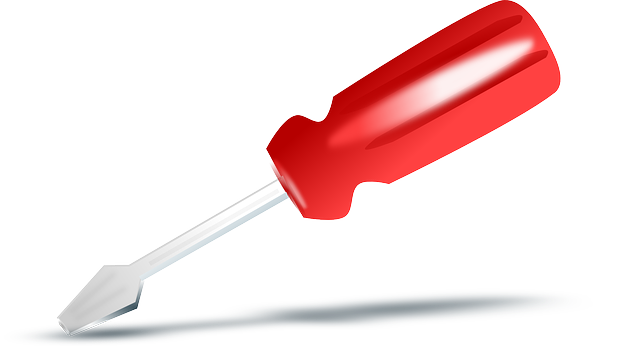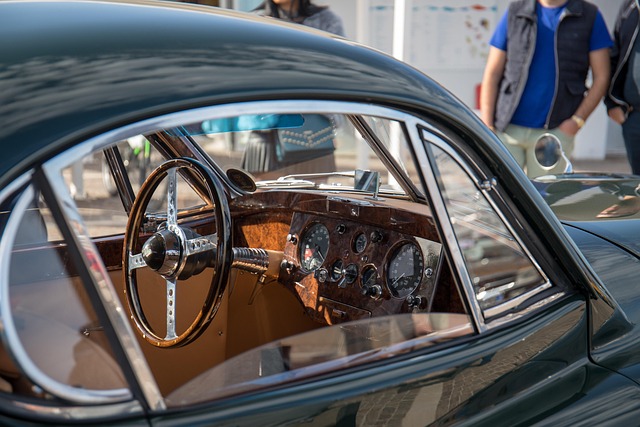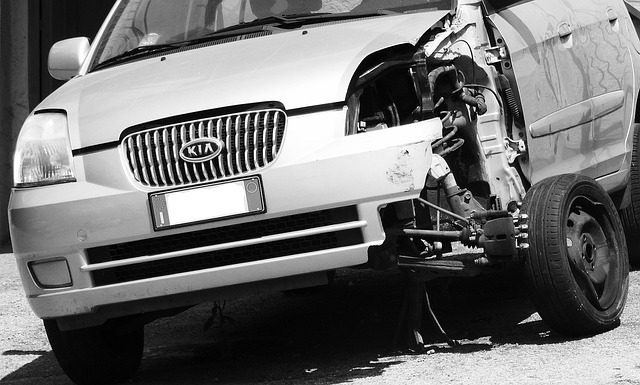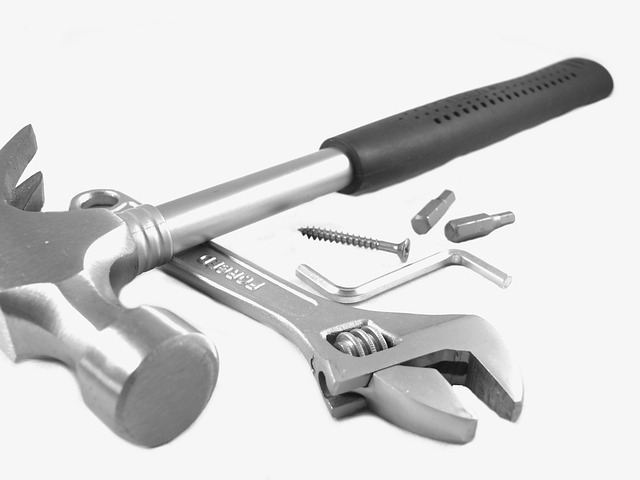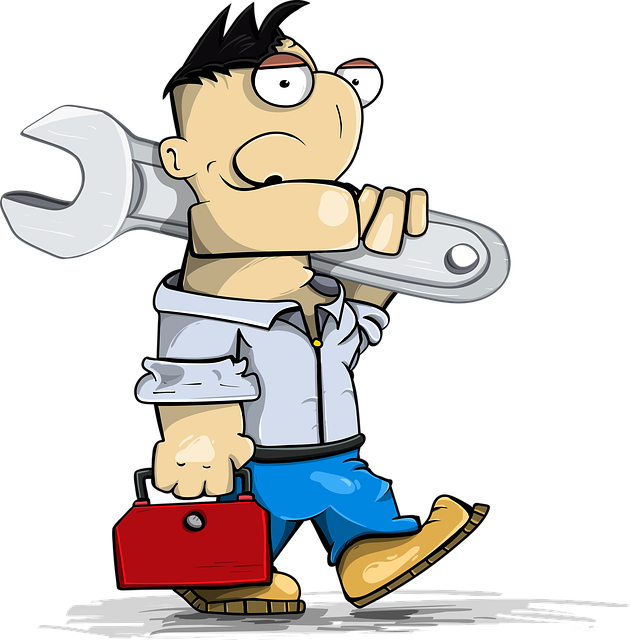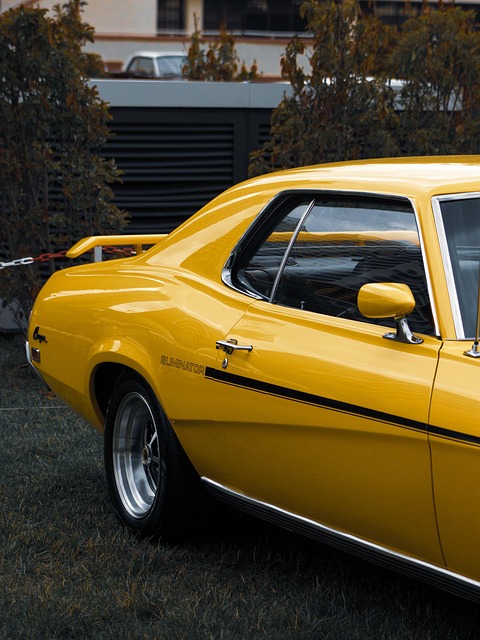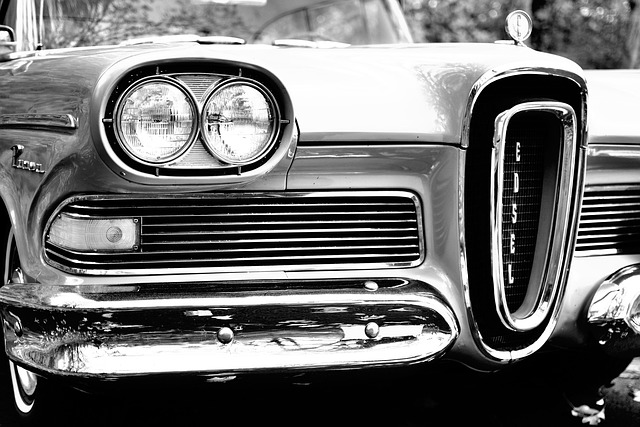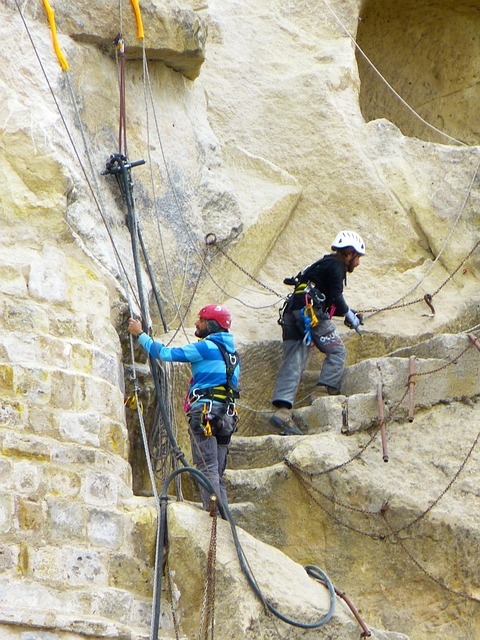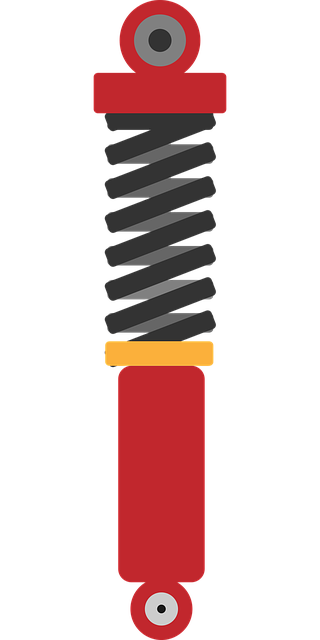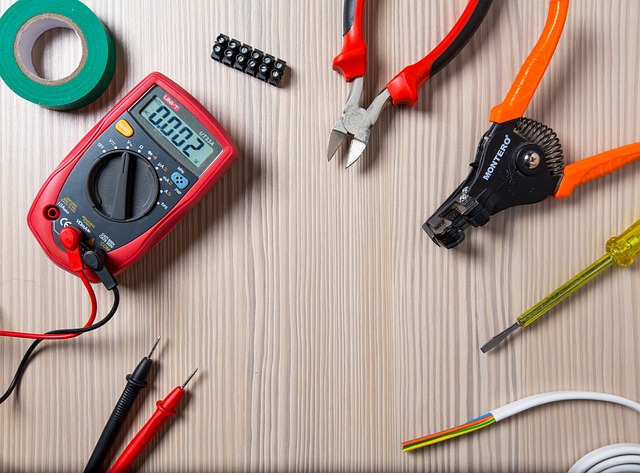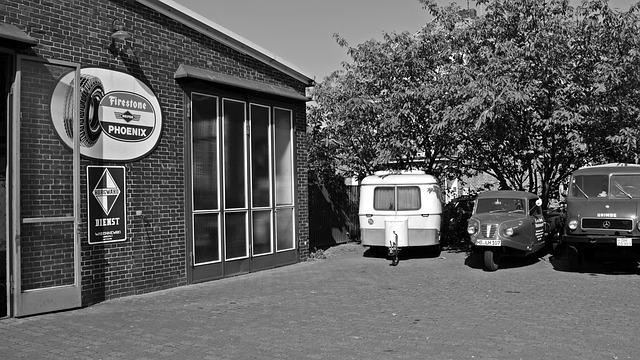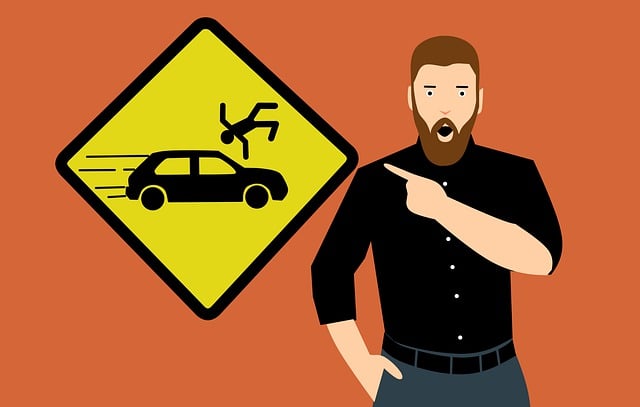Collision damage repair training has evolved significantly in the digital age, integrating advanced technologies and modern methods into auto body shop curricula. Using virtual reality (VR) and augmented reality (AR), students practice on digital vehicle models, gaining hands-on experience in a controlled environment. This approach enhances skill development for complex repairs like robotic welding, laser measuring, panel replacement, and paintless dent repair, while also covering structural integrity analysis and eco-friendly practices. Ultimately, advanced training methods raise the standard of collision damage repair service across the industry.
Collision Damage Repair (CDR) technicians play a crucial role in the automotive industry, ensuring vehicles are restored to pre-accident condition. Today’s training environment for CDR technicians has evolved significantly, incorporating advanced technologies and innovative teaching methods. This article explores the modern training landscape, from virtual reality (VR) and augmented reality (AR) simulations to state-of-the-art equipment and specialized curricula. We delve into how these developments enhance skill development, emphasizing both hard and soft skills required for successful CDR careers.
- The Modern Training Environment
- – Overview of current training facilities and technologies used in collision damage repair schools.
- – Virtual reality (VR) and augmented reality (AR) applications in teaching collision repair techniques.
The Modern Training Environment
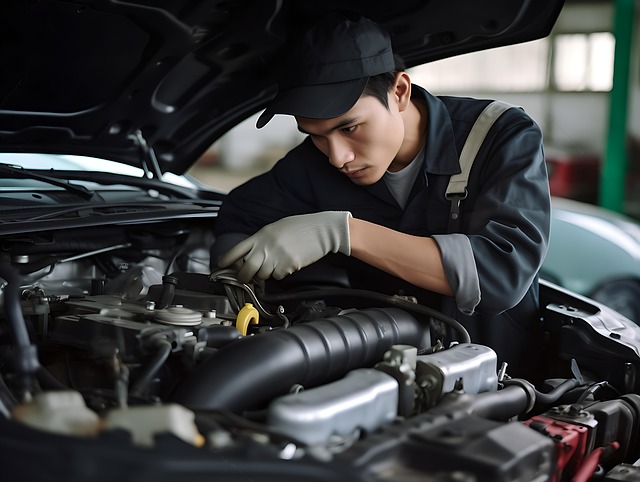
In today’s digital era, collision damage repair training has evolved significantly, reflecting advancements in automotive technology and customer expectations. Modern training environments for collision damage repair technicians are dynamic and immersive, often combining theoretical knowledge with hands-on experience using state-of-the-art equipment. This blend of education ensures that technicians are well-versed in the latest repair methods and digital tools, enabling them to deliver precise and efficient collision repair services.
Training programs now incorporate virtual reality simulations, allowing students to practice on digital vehicle models before tackling real-life damage scenarios in a controlled setting. Additionally, interactive workshops and online courses facilitate collaborative learning, where technicians can share knowledge and best practices within a vehicle body shop environment. This modern approach to collision damage repair not only enhances skill development but also prepares technicians to navigate the intricate workings of modern vehicle bodywork, ensuring top-quality restoration outcomes.
– Overview of current training facilities and technologies used in collision damage repair schools.
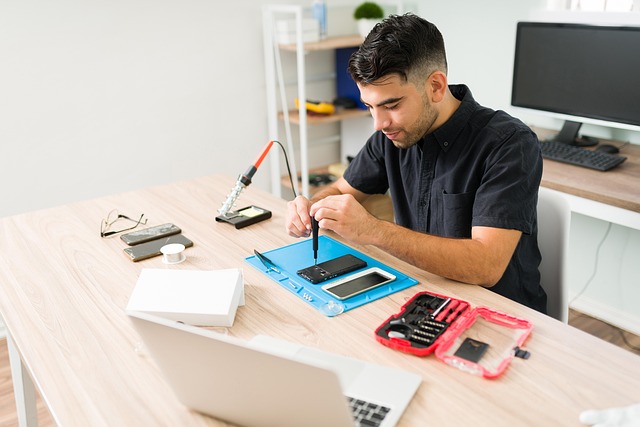
Collision damage repair technicians today undergo training in top-notch facilities equipped with cutting-edge technologies mirroring real-world auto body shops. These schools offer a blend of theoretical knowledge and hands-on experience, ensuring students master both digital and manual skills essential for vehicle collision repair. Students learn to use advanced tools like robotic welding machines, laser measuring devices, and computer-aided design (CAD) software for precise auto body restoration.
The curriculum includes modules on structural integrity analysis, panel replacement, paintless dent repair, and complex damage scenarios. Many schools also emphasize the environmental impact of auto bodywork, training students in eco-friendly practices like using recycled materials and water-based paints. This holistic approach prepares collision damage repair technicians to handle modern vehicles and meet the evolving demands of the industry.
– Virtual reality (VR) and augmented reality (AR) applications in teaching collision repair techniques.
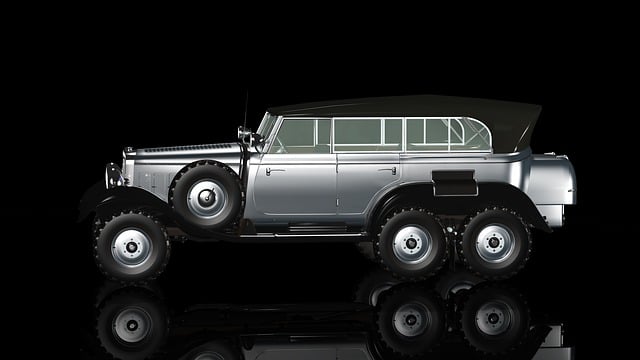
In today’s digital age, collision damage repair technicians are benefiting from advanced training methods that blend virtual reality (VR) and augmented reality (AR). These cutting-edge technologies offer immersive experiences that closely mimic real-world scenarios, allowing students to learn complex vehicle body repair and car paint repair techniques in a safe and controlled environment. VR and AR applications can simulate various types of collision damage, enabling technicians to practice their skills on virtually damaged cars before encountering similar issues in actual auto maintenance scenarios.
The integration of these technologies has revolutionized the way collision damage repair training is conducted. Students can now visualize and interact with 3D models of vehicle parts, enhancing their understanding of structural integrity and panel alignment. This not only improves their practical skills but also fosters a deeper appreciation for the intricacies involved in vehicle body repair, ultimately elevating the standard of service provided in the industry.
Collision damage repair technicians play a crucial role in the automotive industry, ensuring vehicles return to their pre-accident condition. Today’s training environment leverages advanced technologies like virtual reality (VR) and augmented reality (AR), providing immersive experiences that mimic real-world scenarios. These innovative tools equip students with practical skills, enhancing their ability to handle complex collision repair tasks. As the automotive landscape continues to evolve, so too will the training methods for these professionals, ensuring they remain at the forefront of safe and efficient vehicle restoration.

